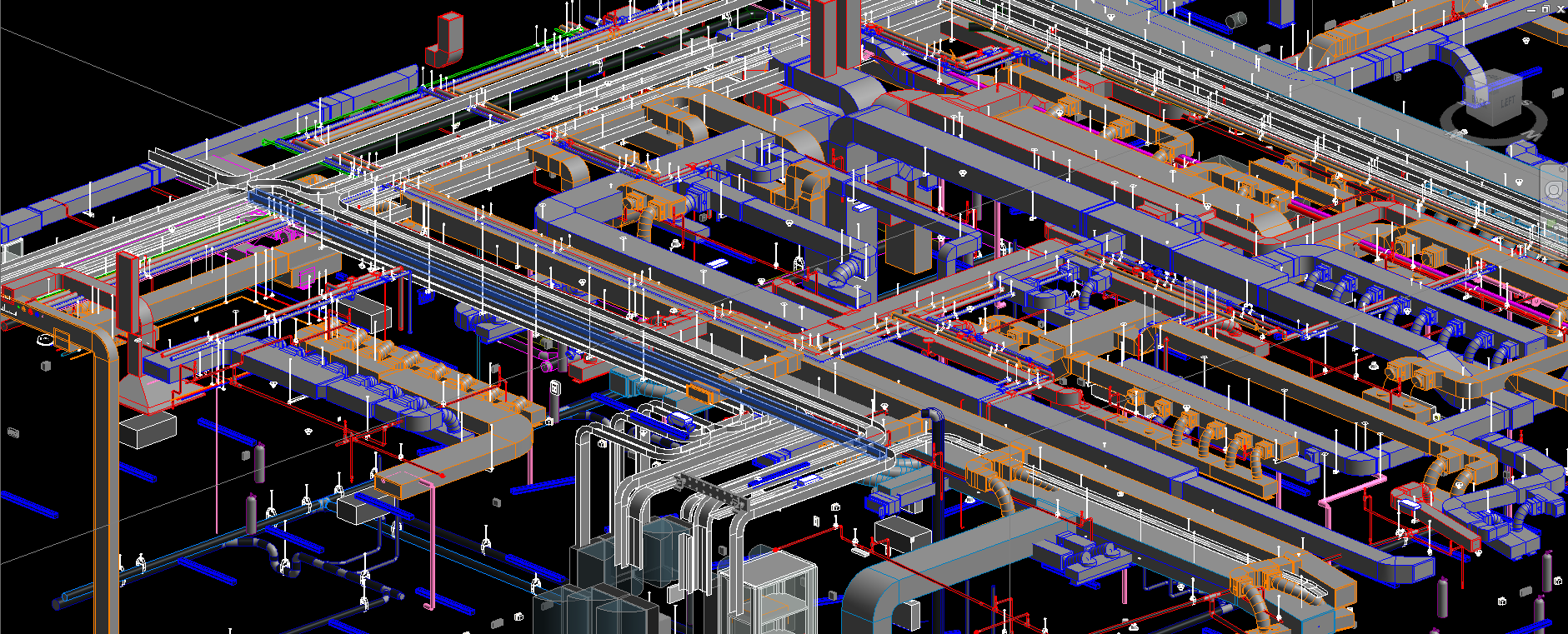
BIM Can Revolutionize Asset Management in Construction Projects
The Benefits of Integrating BIM into Asset Management for Construction Projects
Building Information Modeling (BIM) has revolutionized the construction industry by providing a comprehensive digital representation of a building’s characteristics. This technology extends its capabilities beyond the planning and construction phases into the realm of asset management. Integrating BIM with asset management systems offers numerous benefits that enhance efficiency, reduce costs, and improve the overall lifecycle of a building.
Firstly, BIM allows for a centralized repository of information that can be accessed by all stakeholders, ensuring that everyone is on the same page throughout the building’s lifecycle. This transparency leads to improved decision-making processes and minimizes errors during maintenance and renovations. Additionally, integrating BIM with asset management systems facilitates preventative maintenance by providing detailed insights into the condition of building components. Regular updates and monitoring through BIM data enable facility managers to anticipate issues before they become costly repairs, ultimately extending the longevity of assets. Cost savings are realized through optimized resource allocation and energy management.
With precise data on material usage and energy consumption readily available via BIM integration, organizations can implement more effective sustainability strategies that reduce operational costs. In conclusion, leveraging BIM in conjunction with asset management is not just an innovation; it’s a necessity for any organization looking to remain competitive in today’s fast-evolving construction landscape. By embracing this technology, businesses can ensure their buildings are managed efficiently while staying ahead of potential challenges down the line.
BIM and asset management play a vital role. There are several things a person associated with this needs to know. One of the best aspects of BIM services is that it has reduced manual workload and created a channel that makes processes faster and easier. The construction industry worldwide is witnessing significant benefits thanks to Building Information Modeling (BIM). and its integration with asset management. By streamlining workflows and enhancing collaboration among stakeholders, BIM has revolutionized project execution.
One of the key advantages is the improved accuracy in planning and design phases, which minimizes costly errors and rework on-site. Furthermore, BIM facilitates better visualization of projects through 3D models, enabling more informed decision-making and allowing teams to foresee potential challenges before they arise. Additionally, asset management gains a significant edge when paired with BIM due to enhanced data accessibility across all project stages—from conception to completion and beyond into maintenance. This ensures that every team member has up-to-date information at their fingertips, leading to more efficient resource allocation and reducing downtime.
For those involved in construction or facility management, understanding the depth of benefits offered by combining BIM with asset management can lead to substantial savings in time and resources while simultaneously boosting productivity. Embracing this technology not only aligns your projects with industry standards but also positions you as a leader in adopting innovative practices for sustainable success.
Benefits of Integrating BIM and Asset Management
Enhanced Data Accessibility and Accuracy:
BIM centralizes all information about a construction project within a single digital model that is accessible to all stakeholders. This model includes detailed data on design specifications, materials, spatial relationships, and component properties. When integrated with asset management, the accuracy and accessibility of this data significantly improve the management and operational efficiency of the building.
Streamlined Maintenance and Operations:
BIM models are equipped with detailed insights into every component and system within a building. This information can be leveraged to create predictive maintenance schedules and streamlined operations. Asset managers can access specific data on part lifecycles, warranty information, and maintenance histories, all within the BIM model. This integration not only simplifies the management process but also enhances the building’s performance and safety.
Improved Lifecycle Management:
Through BIM, asset managers can visualize the entire lifecycle of a building from conception to demolition. This holistic view allows for better planning and decision-making regarding long-term asset management strategies. BIM’s capabilities in lifecycle prediction and simulation can help in optimizing the replacement and refurbishment schedules, significantly extending the asset’s life and reducing lifecycle costs.
Cost Efficiency:
BIM helps in identifying potential issues before they become costly problems during the construction phase, which translates into savings during the operational phase as well. With BIM integrated into asset management, facilities managers can avoid unnecessary repairs and downtime by having a proactive maintenance schedule based on precise data.
Enhanced Communication and Coordination:
BIM facilitates real-time sharing of information and collaboration across different disciplines and teams involved in a construction project. When this collaborative approach is carried over into asset management, it ensures that all parties are on the same page, significantly reducing conflicts and miscommunications. This streamlined communication aids in more effective management and operation of the building.
Sustainability and Energy Management:
BIM models can simulate energy performance and other sustainability metrics, allowing asset managers to make informed decisions to enhance energy efficiency and reduce the environmental impact. This capability is crucial in today’s world where energy conservation and sustainability are top priorities for property management.
Compliance and Documentation:
Maintaining compliance with local building codes and regulations is simplified with BIM. The model can store and manage all relevant compliance data, making it easier for asset managers to ensure the building meets all legal requirements and standards throughout its lifecycle.
Conclusion
The integration of BIM with asset management transforms traditional building management by making it more dynamic, predictive, and efficient. As buildings become more complex and the demand for sustainable, cost-effective solutions increases, the role of BIM in asset management will continue to grow. For construction professionals and asset managers alike, understanding and utilizing BIM can lead to significant improvements in how buildings are constructed, maintained, and operated over their lifetimes. This not only enhances the value of the asset but also ensures a safer, more efficient environment for its occupants.
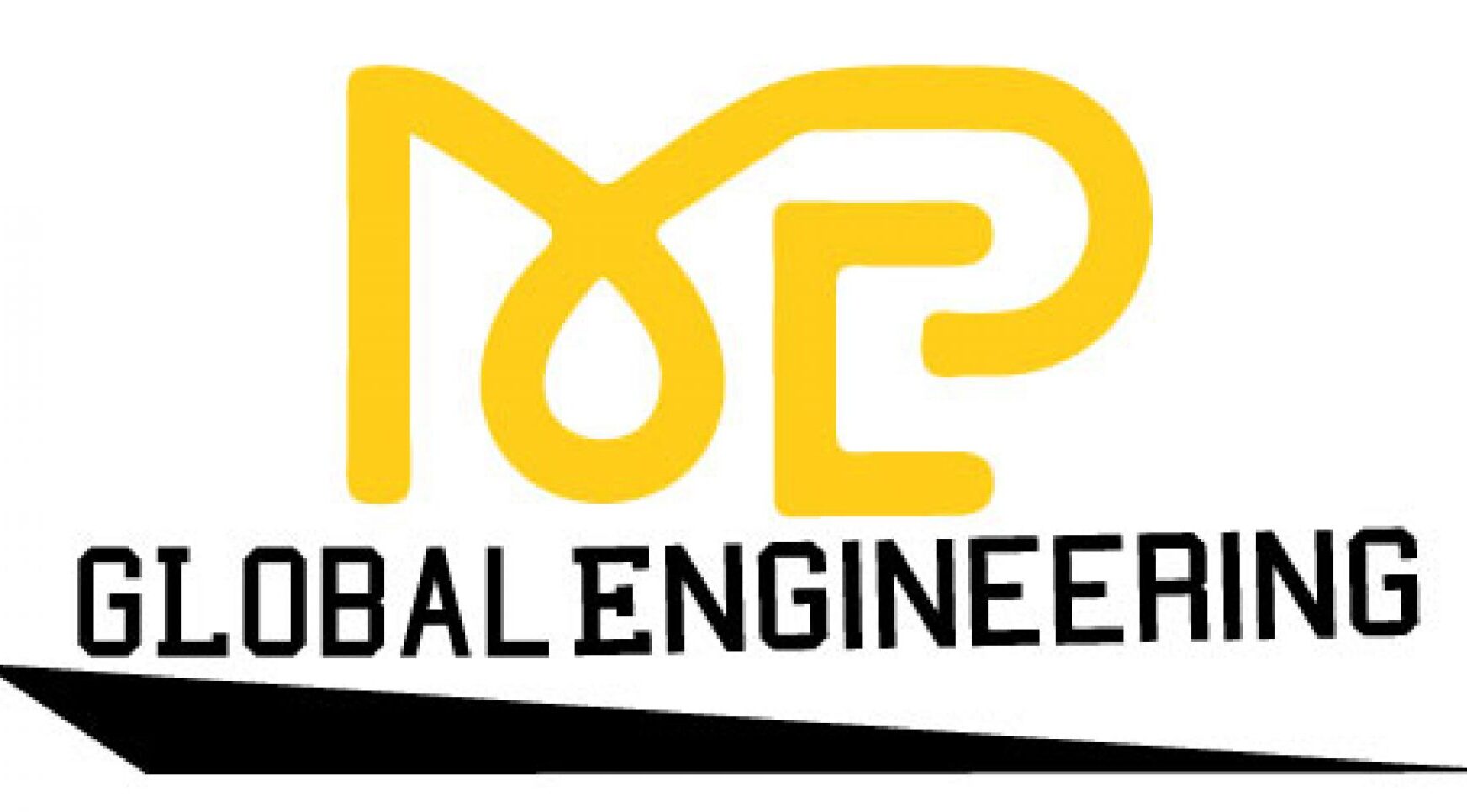
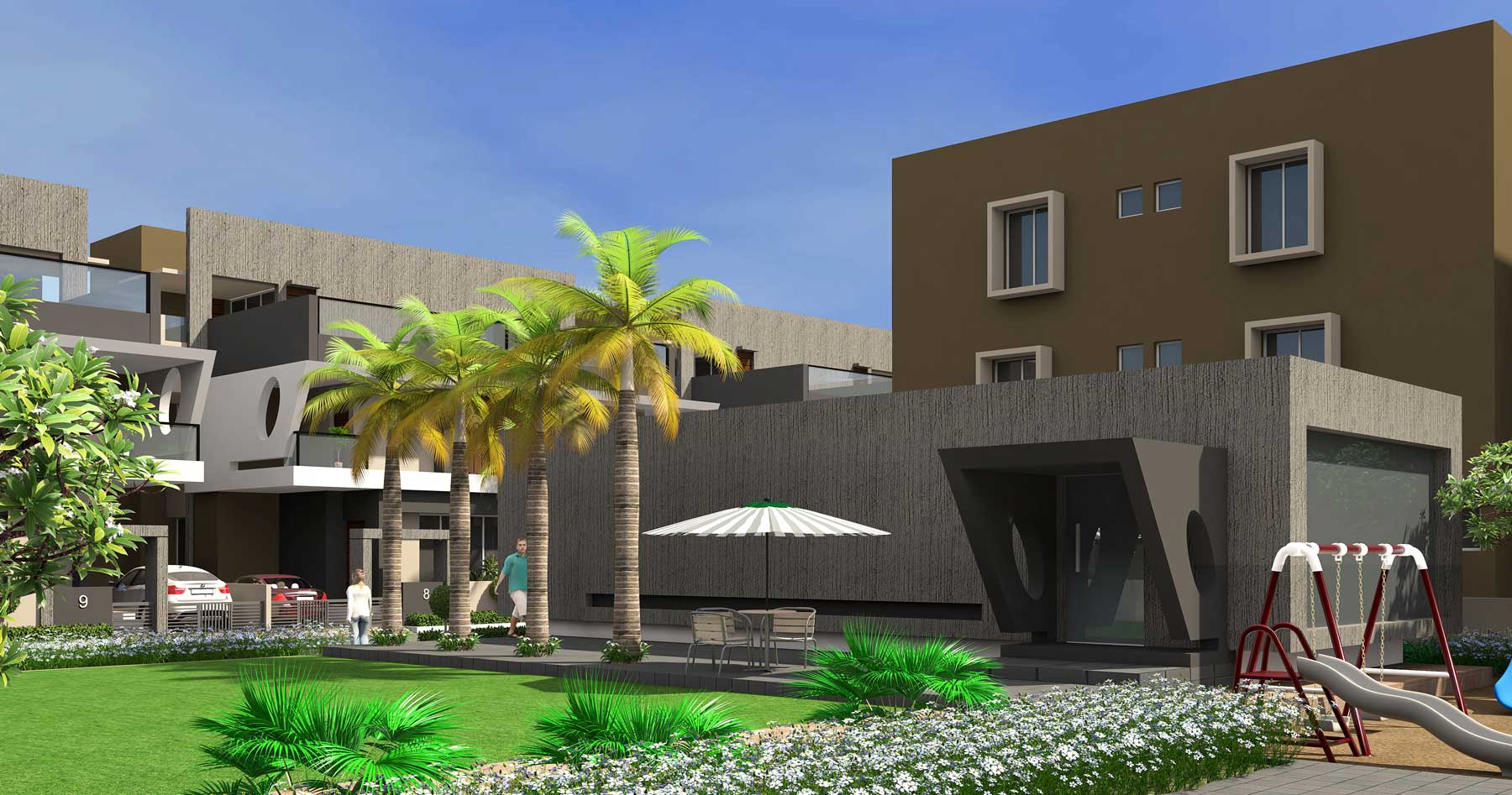
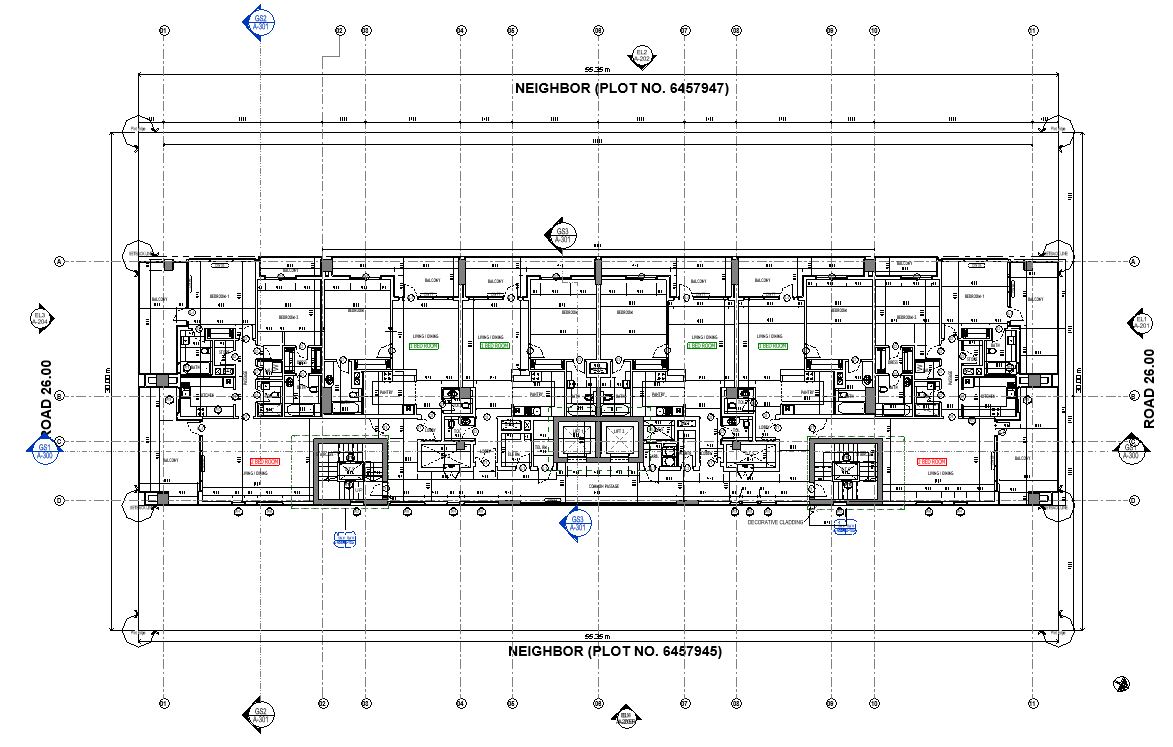
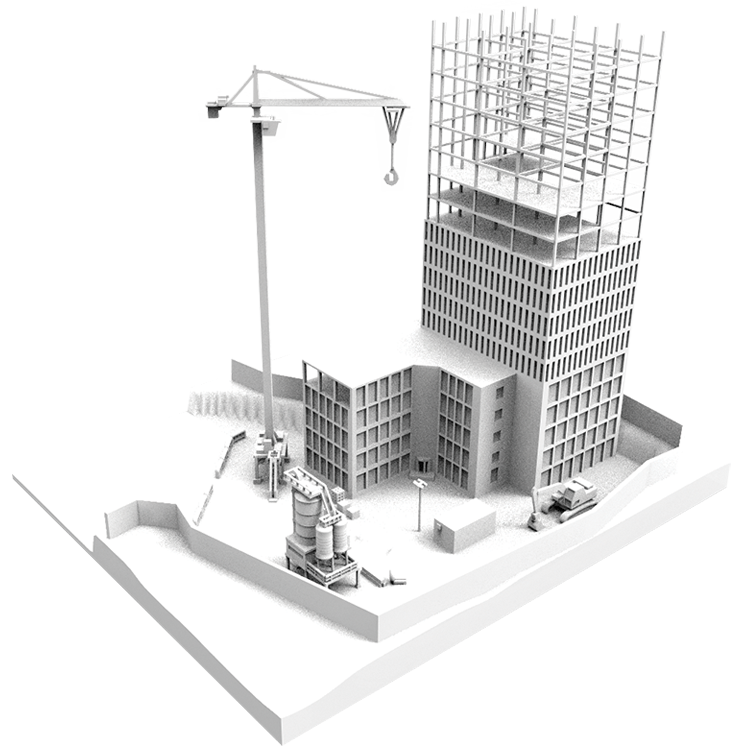
The Role of BIM in Architecture, Engineering, Construction
[…] Building Information Modeling (BIM) has revolutionized AECO by enhancing collaboration among architects, engineers, constructors, and operators. BIM provides a digital representation of a building’s physical and functional characteristics, which serves as a shared knowledge resource for information about the facility. This integration allows stakeholders to visualize potential issues before they arise on-site, reducing errors and saving both time and money. Moreover, BIM supports decision-making processes by providing accurate data throughout the lifecycle of the project—from early design stages through construction to facility management. […]